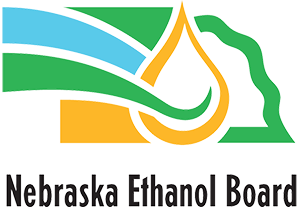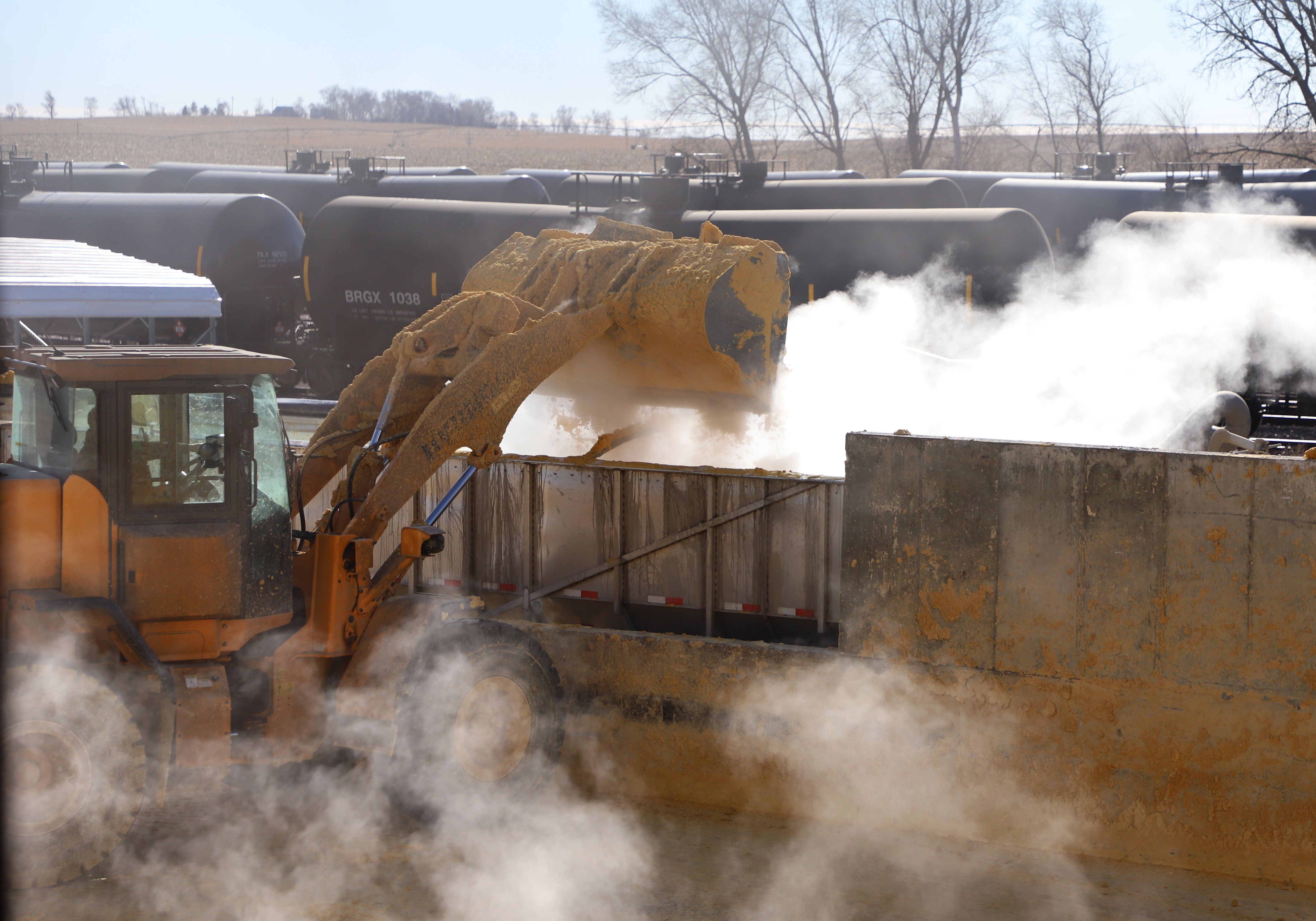These studies estimate the overall economic impact of the Nebraska ethanol and co-products industry. The studies use a quantitative measure (IMPLAN) as well as fundamental economic analysis to assess the harder-to measure outcomes in the industry.
The most recent study (2020) shows that the Nebraska ethanol industry remains an important market in Nebraska producing 1.85 billion gallons in 2020, resulting in a value of ethanol and coproducts production of $3.433 billion, trailing only corn and cattle. Although the Nebraska ethanol industry has experienced weakened ethanol prices, it has shown resilience through continued expansion in total capacity and diversification of co-products. Nebraska ethanol production peaked in 2019 at 2.253 billion gallons. Due to the covid-19 pandemic, output fell to 1.847 billion gallons in 2020. Overall, the economic impact of the ethanol industry is estimated at $4.41 billion.
-
Nebraska Impact Study 2021-2022 (coming soon)


